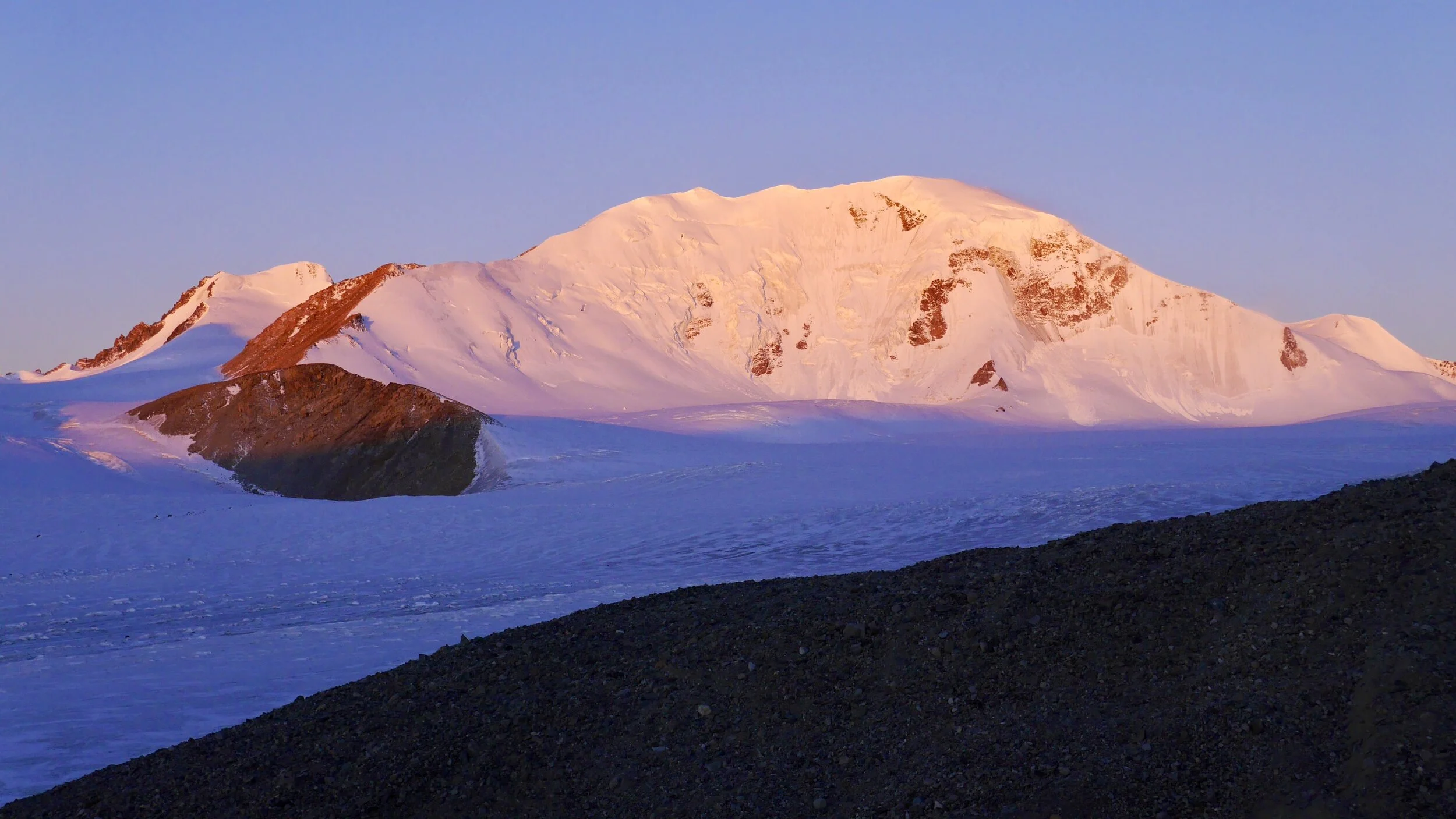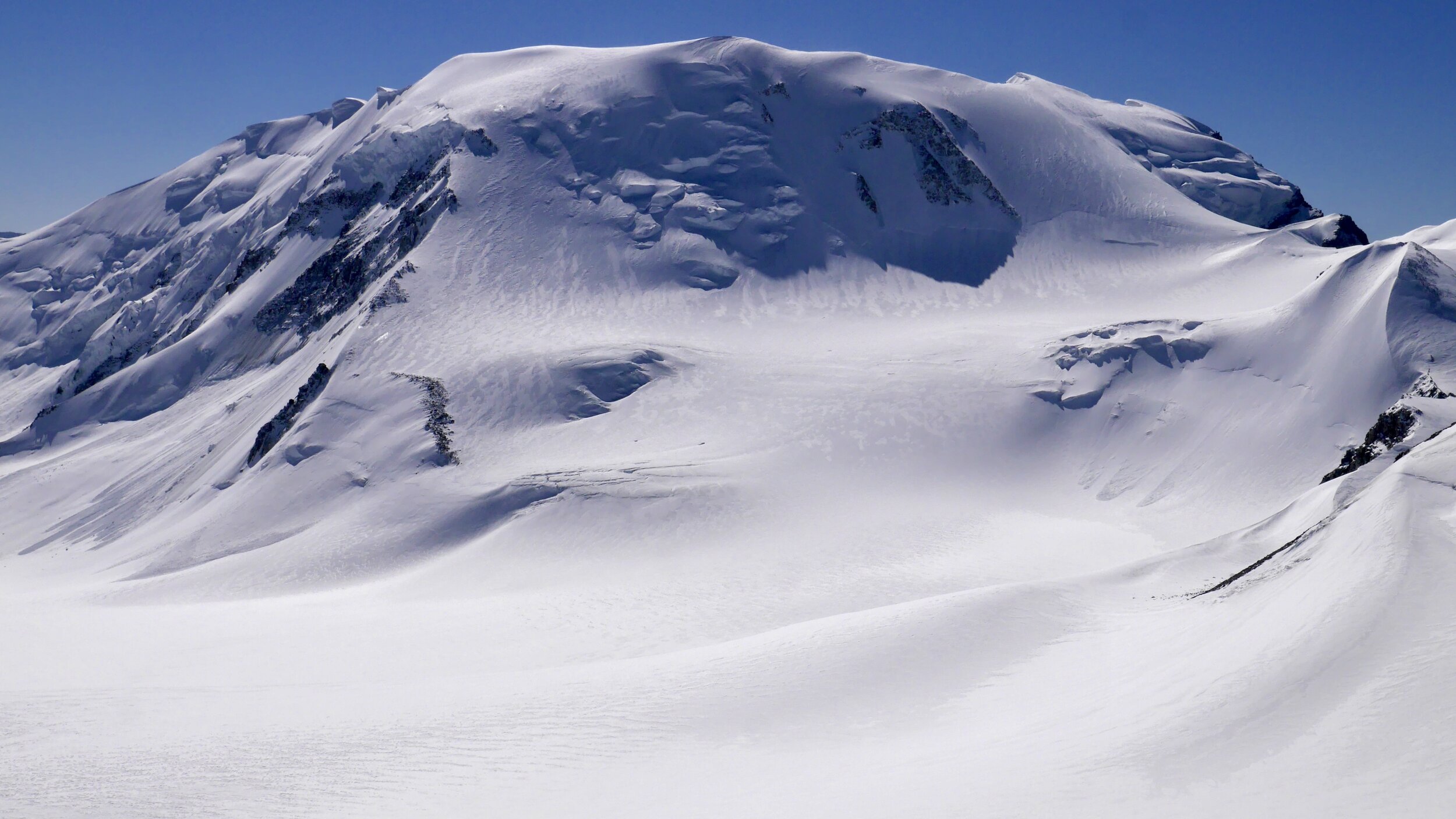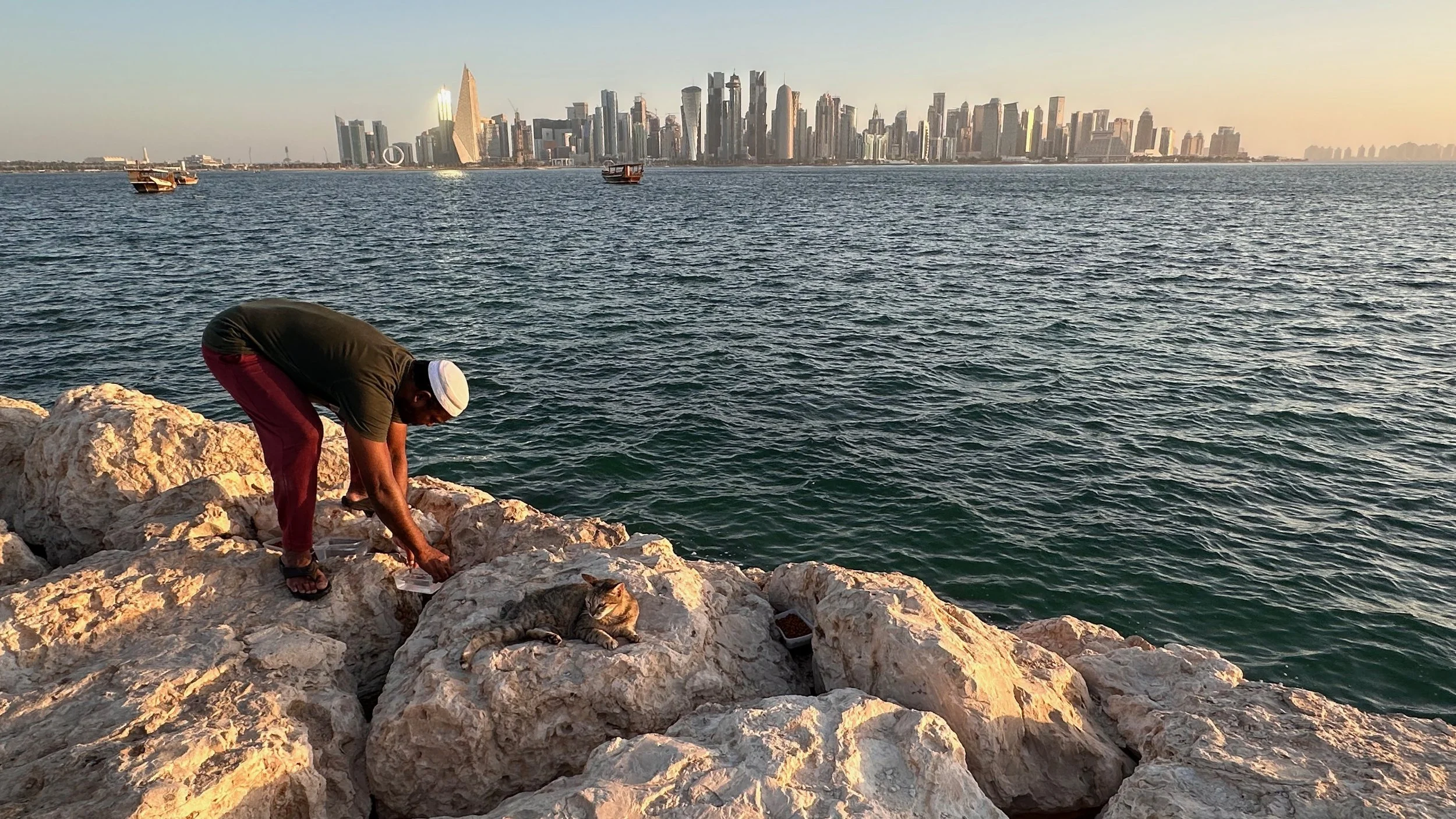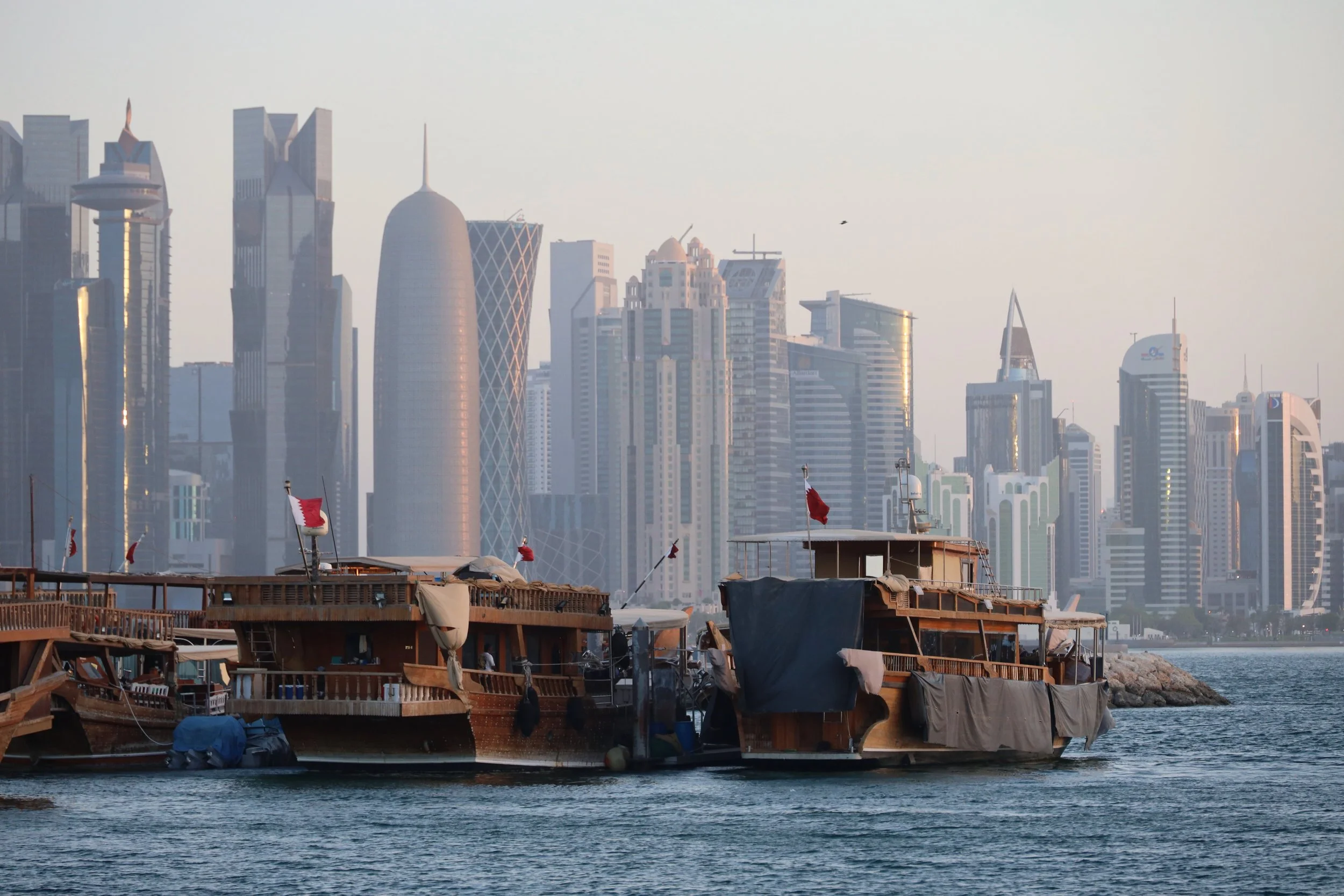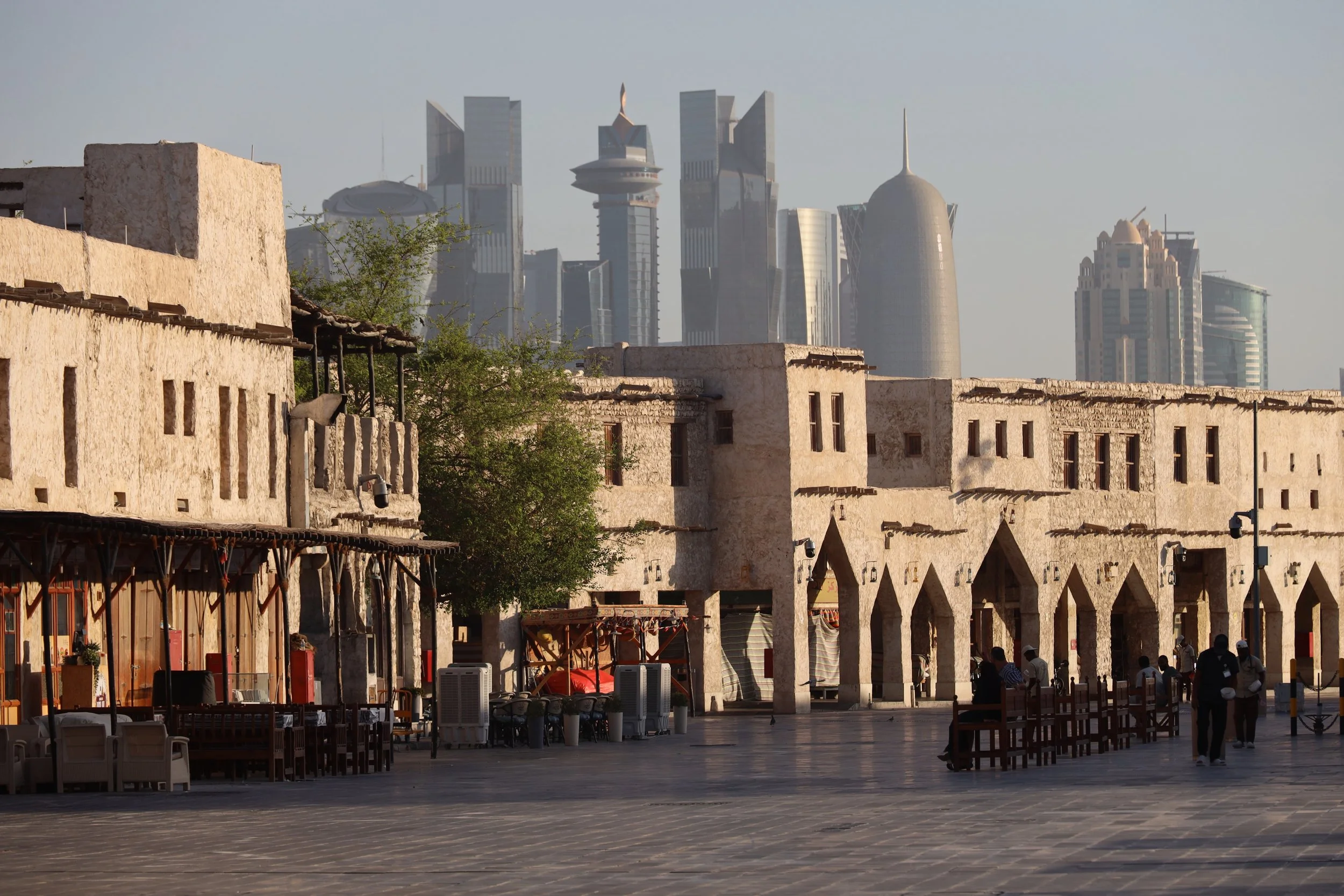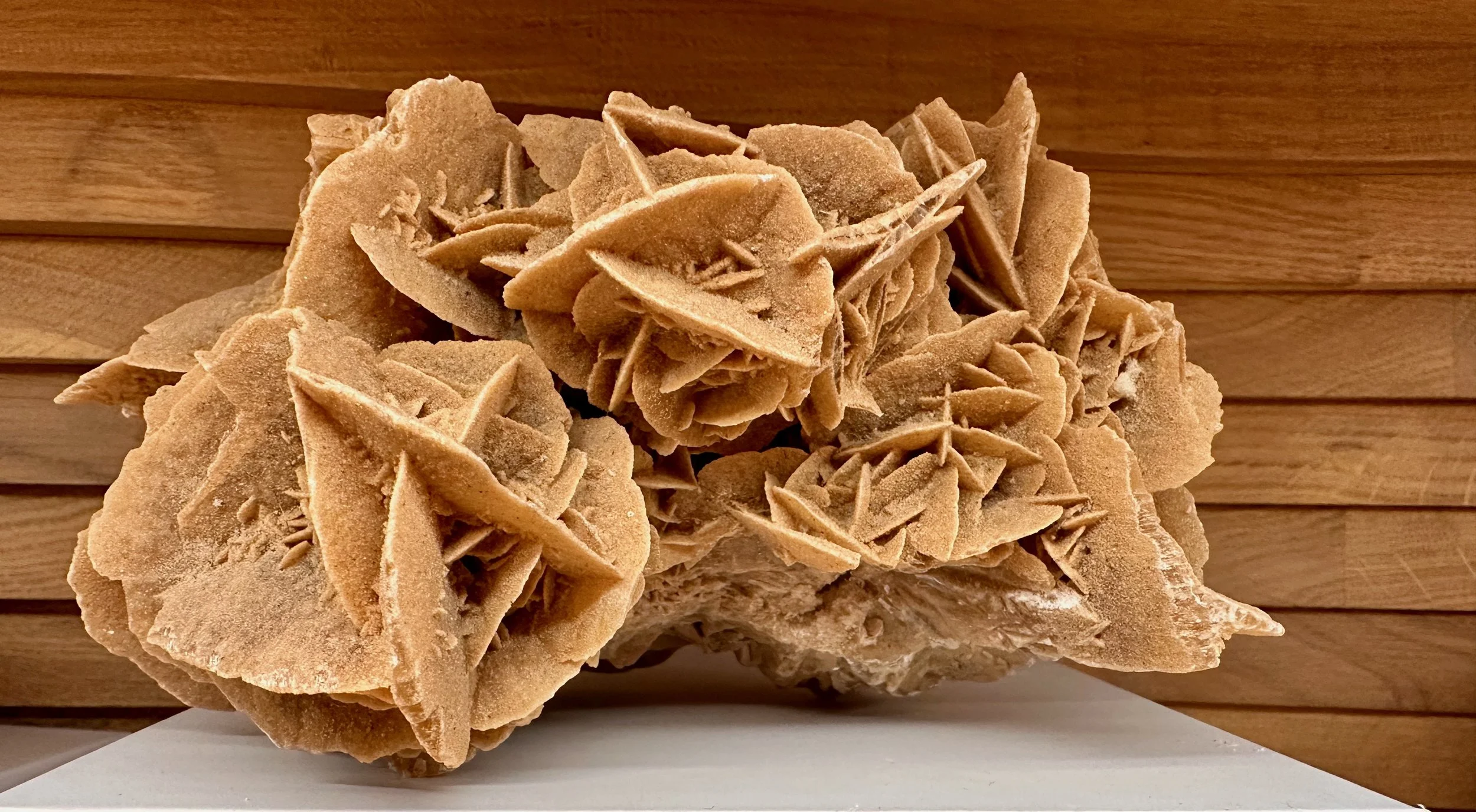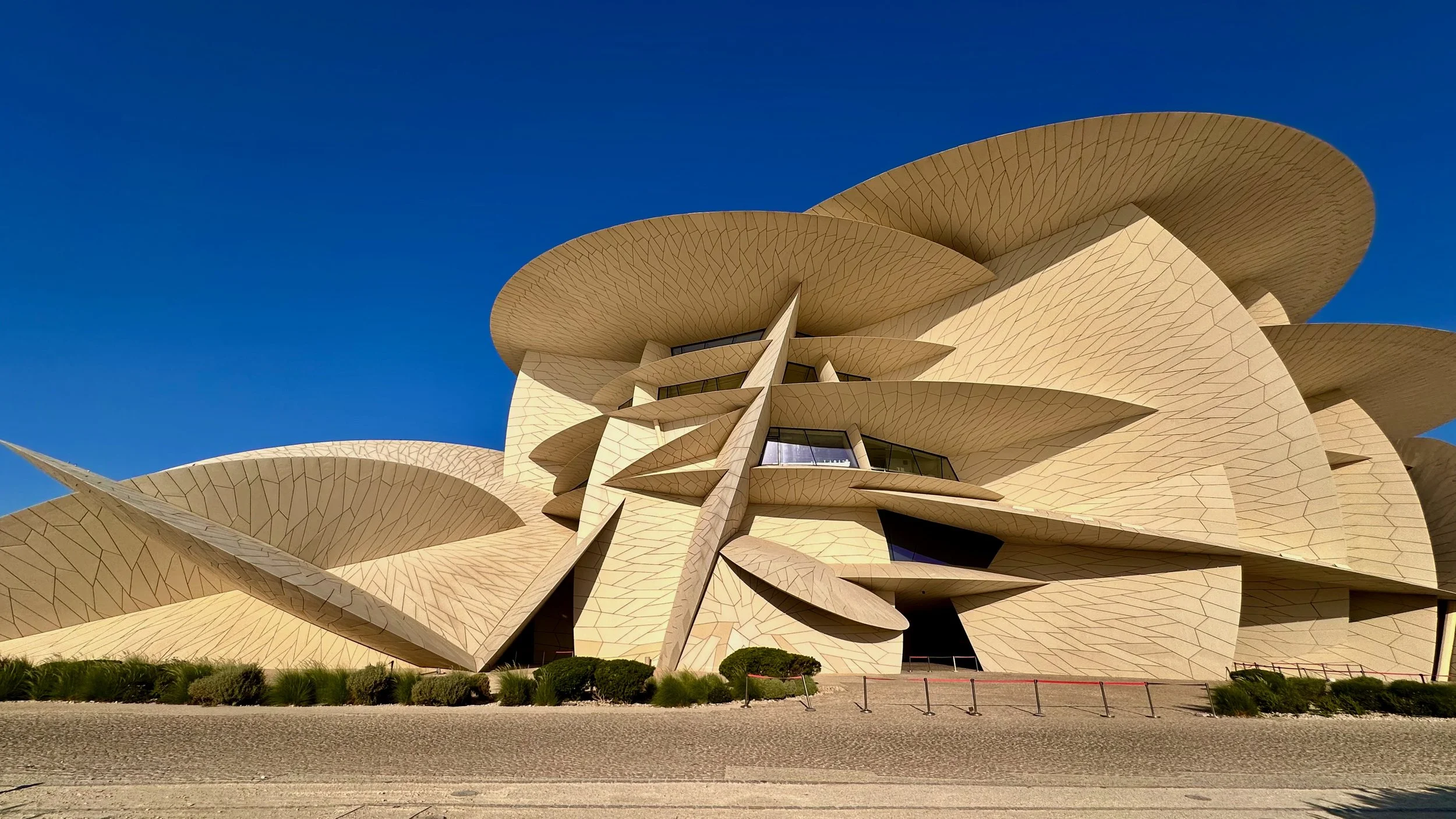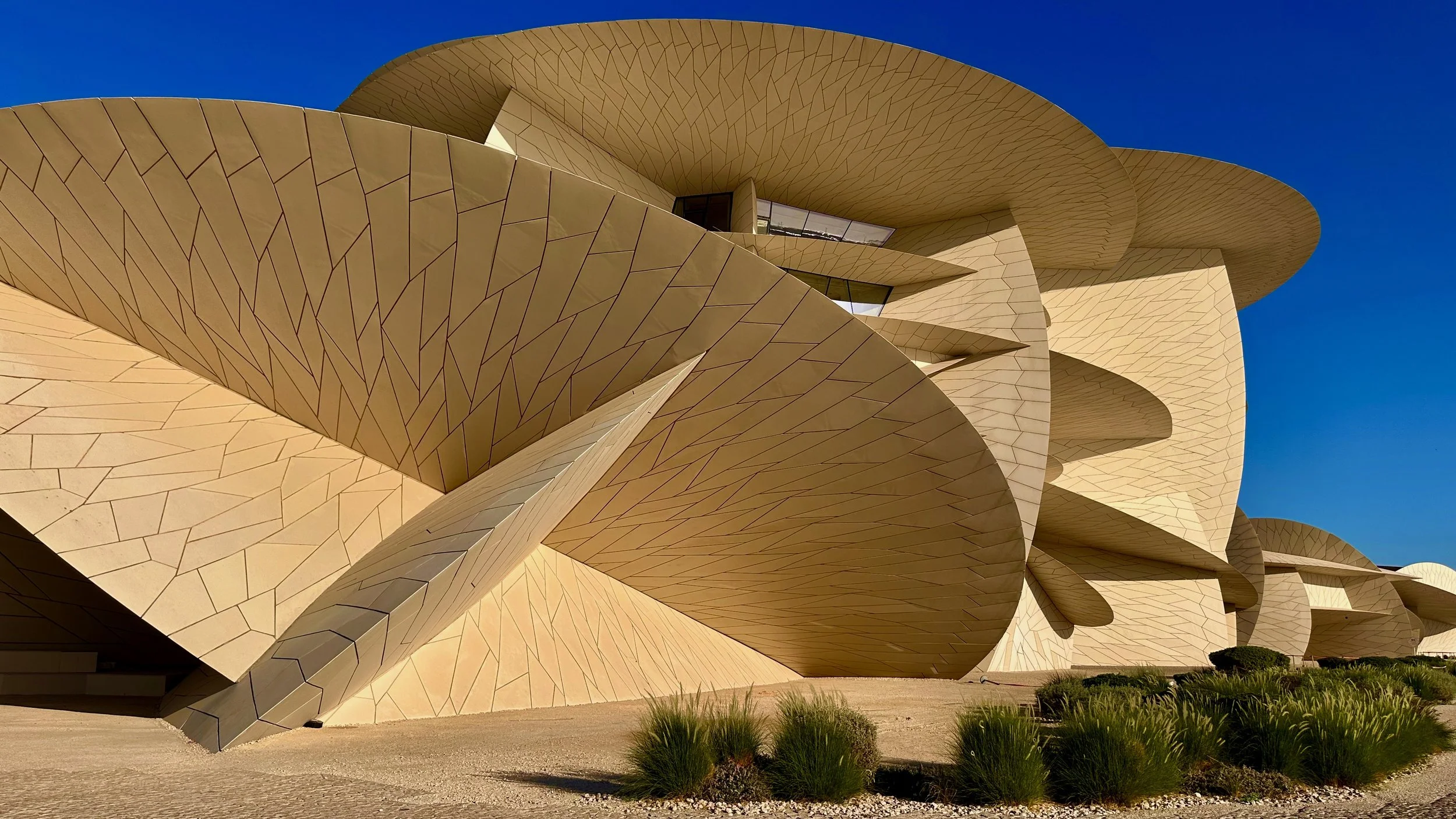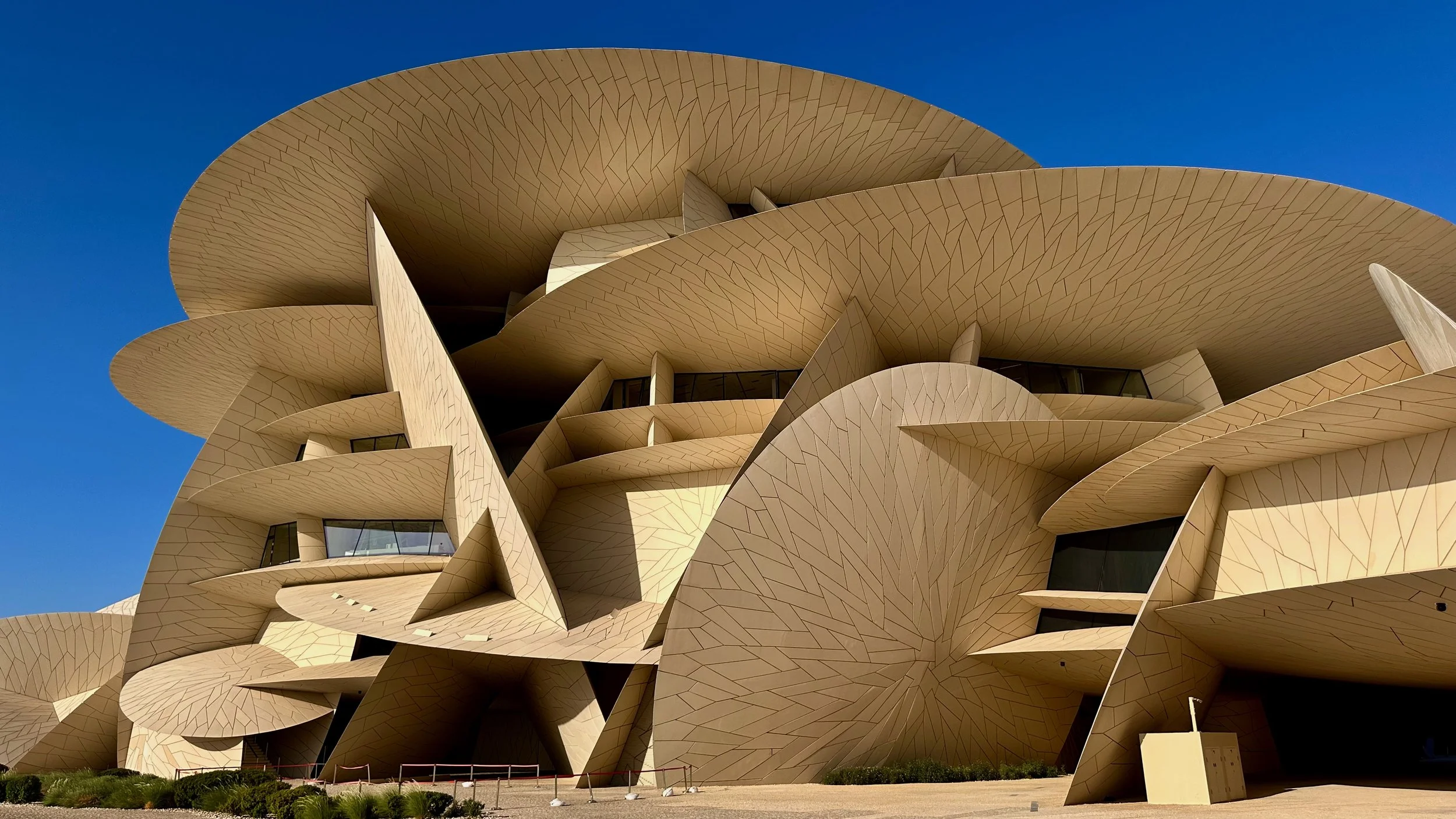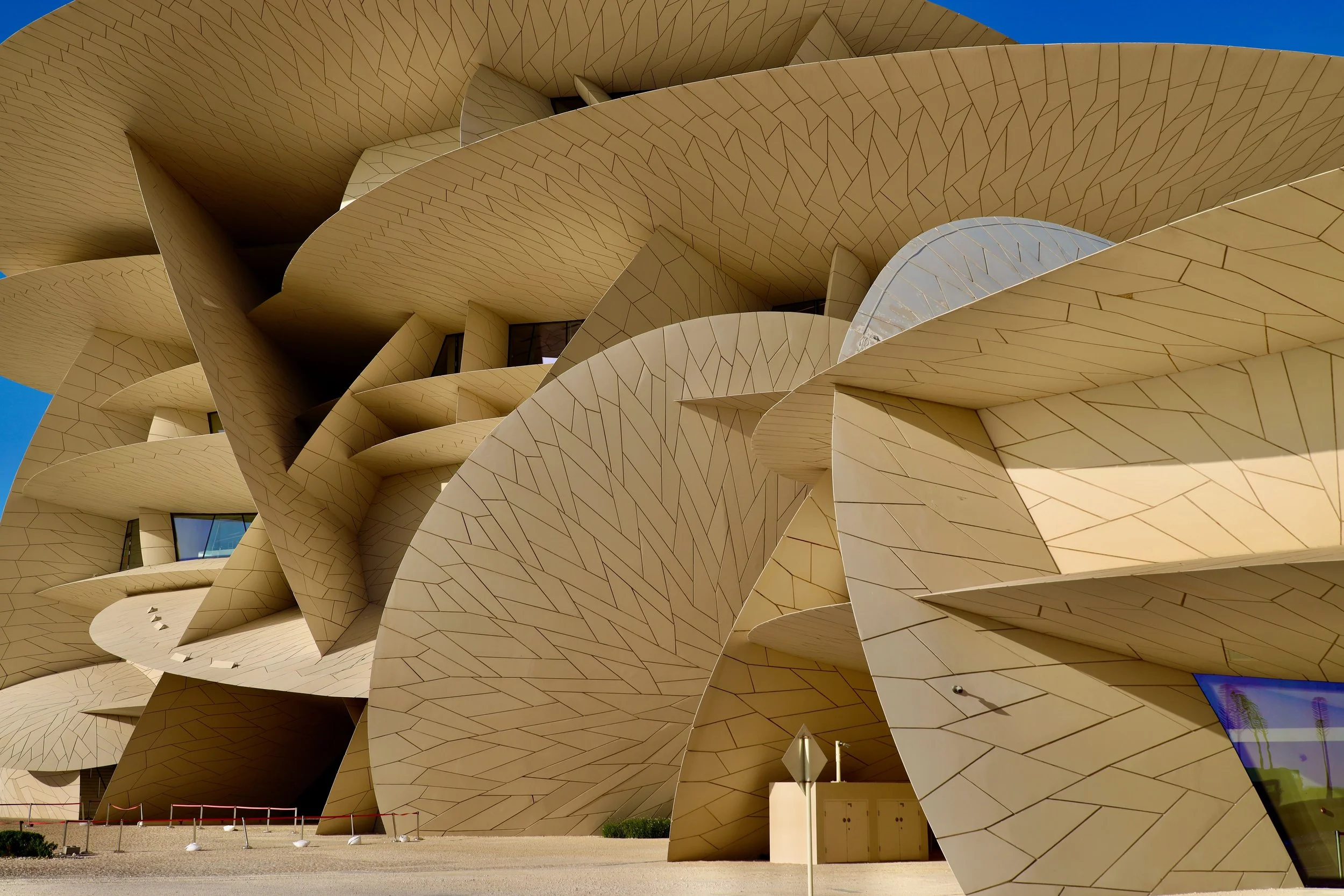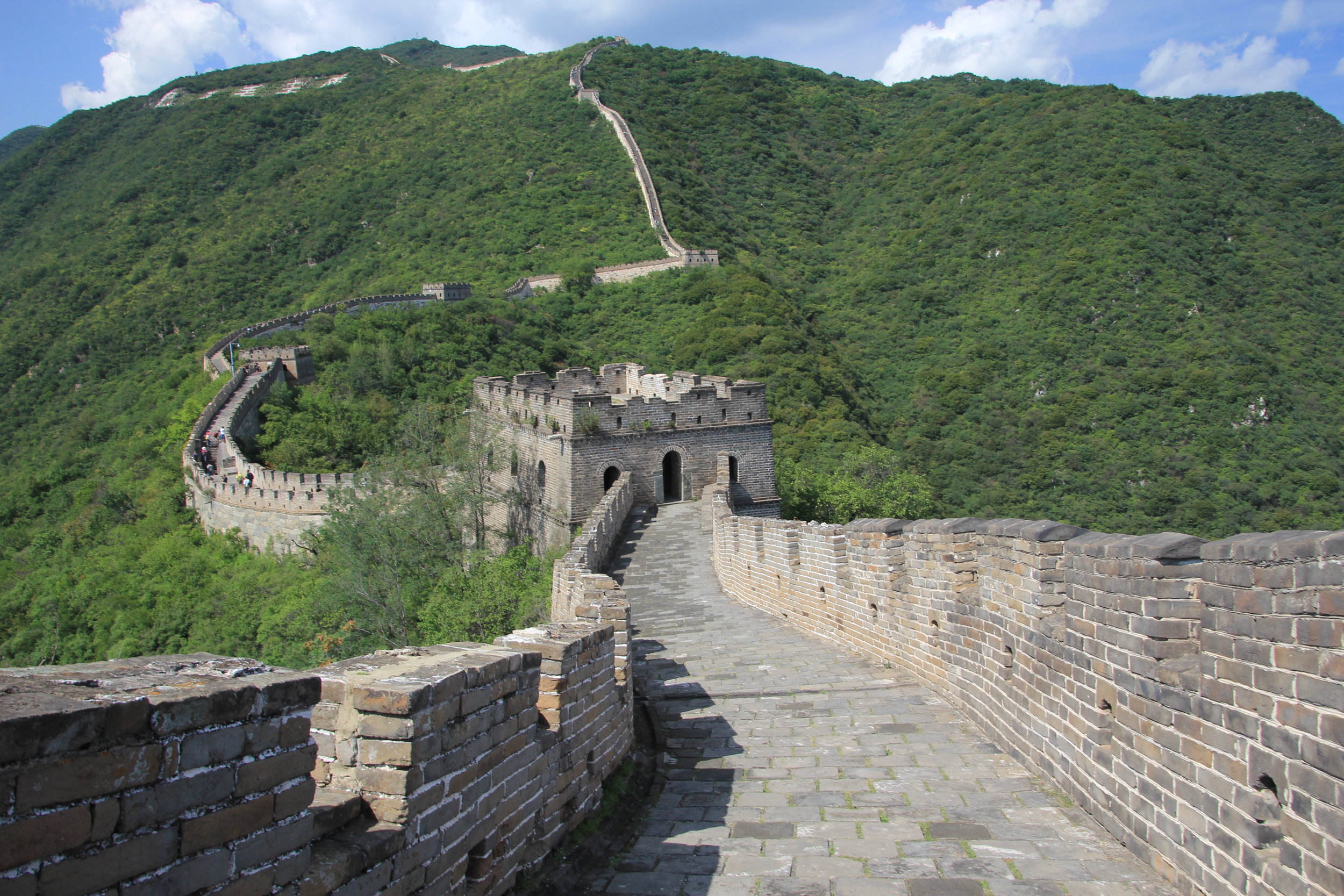September 19, 2015 Sagsai Golden Eagle Festival Day 1
We set off at 9 am from Olgi to Sagsai for the Golden Eagle Festival with much anticipation and curiosity. In reality, this festival was our main reason to come to this part of Mongolia. We were not quite sure whether this event would be a genuine local festival or one put on exclusively for tourists.
Arriving for the Festival
We arrived in Sagsai early as the organizers were just starting to set up. Although the festival was supposed to start at 10am it really did not get going until after 11.30am. While we were waiting around for the festival to start, we were watching the participants (eagle hunters) arrive on horseback from all directions. They were arriving from their gers (round Kazakh tents), which dotted the flat planes around Sagsai. One of the participants was our guide Baku’s uncle whose ger we visited the day before on our return trip from Mt. Khuitan. It was all very exciting for us to see. The eagle hunters rode slowly across the plain with their majestic eagles perched on their arms.
Once all the participants gathered (there were around 40 of them) they had a parade that culminated with a gallop across the festival grounds. They were all dressed in traditional Kazakh winter clothing made from felt and fox fur. They were also wearing the traditional Mongolian or tall Kazakh hats made form fox feet fur. Their large eagles were perched on their arms supported by wooden stands resting on saddles. As they were galloping, they raised their eagles in the air forcing the birds to spread their wings as if getting ready for flying.
After the parade, the eagle hunting competition began. Each eagle hunter launched his bird from the top of a small hill situated behind the festival grounds. The bird was being called to swoop down and grab the bait that was being pulled on a long line by the assistant’s horse down below. The assistant was on a horse and the bait was a dead fox attached to a long line. To an eagle, viewed from above, the dead fox looks like the real animal running through the field below. The assistant called the eagle with a special whistle-like “call” to get the bird’s attention. If the eagle made an accurate landing, it was rewarded with raw meat. The speed of the flight and the accuracy of landing were judged and tabulated. The winner and his eagle were awarded a medal and a cash prize.
Ready to fly!
The panel of judges
I went up to the top of the hill and watched the eagles being launched by their owners. They took great pride in their birds. They also took great pride in their appearance and their culture. It was definitely a men’s world. They seemed to relish each other’s company. It was wonderful to see and experience. I took some great photos of this rather wild and surreal scene. We were also surrounded by fantastic scenery that provided a backdrop for the whole event and the photos. The morning competition was not very successful due to high wind. The wind’s noise was blocking calls from the assistants to the eagles from the plain below. It also made the flight difficult for the birds. Once the morning part concluded we headed for lunch of shashlyk on the festival grounds.
Shashlyk stand
The best shashlyk in Mongolia
After lunch, the weather changed from sunny and clear to overcast. The wind became even stronger with powerful gusts. Goat-pulling contest was the main afternoon event. In this event, two horsemen pulled a carcass of a goat from one another until one person successfully took possession of it. The pulling can take a long time and extends to fields around the main stage. The entire thing is very unpredictable, involves some serious horse acrobatics and much strength. It is fun to watch, as the audience has to run away from the horses. There is much cheer, dust and action.
The goat pulling contest
The goat pulling contest
As this event was taking place, the wind picked up even more and we decided to depart around 4 pm. On the way out, I purchased a hat from one of the eagle hunters. The hat is made from fox legs and unfortunately 6 of them were required to make one hut. As much as I felt sorry for the foxes, it is the culture here and the foxes are hunted mainly for the pelts.
Day 1 was a great success and we really enjoyed it. It definitely did not disappoint. Although other tourists were there, the festival was definitely a local affair with the participants and the local audience really getting into the competition and the spirit of things.
September 20, 2015 Golden Eagle Festival Day 2
We were excited to see what Day 2 would bring after very enjoyable Day 1. We arrived at the festival grounds at 10am. We did not expect for the proceedings to commence any sooner than the day before. As we were arriving, we saw many camels arriving for the camel race. We were happy that the events were different from the day before and not a repeat of the same. At the end we missed the camel race – it was supposed to take place in the afternoon but was moved to first thing in the morning. The festival is somewhat chaotic but this is what makes it special too.
The second day of the festival was less showy as most tourists were gone and the place filled with the locals. The locals came from nearby villages and settlements. The locals were a motley crew for the most part: mostly country folk on horses. Most of them quite rough looking. With a bit of local hooch, the sparks would fly pretty fast with these guys. In order to fit in and make it in this environment, one has to be tough. Kids start riding horses at 5 or so and can handle animals with confidence. There was a boy among the participants, maybe 10 years old who had his own eagle and was riding a horse like a pro. The women are also physically tough and can ride horses very well. Despite the rough looks, everyone was extremely nice and welcoming. They were always smiling and made us feel very welcome.
The Old and the young
In the morning, the eagle-hunting contest was held again. This time, the birds were flying better, catching foxes and making a good performance. I stood down below the hill watching the assistants on horseback pulling foxes. While this part of the festival was going on, a local bus arrived with the entertainers. The bus arrived while the eagle hunting competition was still under way so the entertainers just interrupted the eagle-hunting contest and got on with their part of the show. The performance was held in front of a large truck parked in the empty field. The area soon filled up with old women and kids. The men on horses and camels ringed the seated spectators. Many of them had eagles perched on their arms. It was all very surreal. The entertainment consisted of three local singers, two of them dressed as medieval princesses and one old less attractive one. One of the princesses roused the crowd with a lamenting song about Kazakhstan. Considering that ethnically all the participants and spectators were Kazakhs, their hearts must be more Kazakh than Mongolian. At the key moment of the song (when the word Kazakhstan was sung), the men on horses would lift their eagles in the air and then lower them quickly forcing the birds to spread their wings. This was accompanied by loud cheers and some really bad quality audio from large speakers set up on the bed of the large truck. The song was so popular that the princess had to sing it again to great cheer from the crowd. All of it took place in the strong wind with clouds of dust blowing around.
There was also a young artist playing a traditional Kazakh guitar-like instrument. Although enjoyable, the boy’s performance was not at the same level of excitement as the princesses. As the concert was winding down, a large brawl broke out among the horseman. Suddenly the crowd became very agitated with many people running away from the stage. Groups of men on horses with eagles perched on their arms started galloping around. Some guys on horses and camels were chasing someone. It was all very wild. A man got into a car and sped away. As the car was driving away, the locals pelted it with large rocks. Apparently, a sponsor of the event, a representative of a company called “Blue Woolf”, kicked an 80-year-old local in an argument and others got very upset. As the fight abated, the entertainers packed up their instruments and the bus left as quickly as it arrived. Wild.
The festival continued with sheep pulling, horse races and prize ceremonies. The winner of the eagle-hunting contest got a medal and $50! He was very proud and posed for a photo for me with his eagle sitting on his arm.
The Winners of the 2015 Golden Eagle Festival
One the prizes were handed out, the festival wrapped up pretty quickly. Also, the wind started to blow really hard with large clouds of dust (we needed a long shower to wash it all off afterwards). On the way back to Olgi, Secon run out of gas in his Łaz. The Łaz was a total piece of shit. None of the gauges work, there were no seat belts, and the engine jolts, vibrates and overheats. The abhorrent condition of this “vehicle” did not stop Secon from driving it at 100km/hr (while the gas lasted) on bad roads while passing others in clouds of dust. It was Mongolian Wild West driving!
We ran out of gas…
Overall the festival has exceeded our expectations. It was wild, authentic with a total feel of an exotic remote central Asian culture. The people were great. They take great pride in their culture. Everyone participate eagerly in the competitions and gave their 110%. It was great to have had this opportunity to participate in such an authentic event. We met some visitors from Kazakhstan who told us that the Kazakh culture survives in Mongolia. In Kazakhstan, the Soviets killed the culture and the current government modernized the country that finished the nomadic traditions off. Nothing of what we saw in Sagsai exists in Kazakhstan. Overall coming to the festival was worth all the effort!
September 21, 2015 Olgi and Lake Tolba
We had some time to spend in Olgi so we decided to go on the town. In the morning we walked to the local museum. It was a rubbish museum located in unkempt grounds in an old and dirty building. The museum had a couple of bored but nice employees who eagerly sold us tickets and turned on the lights for us. The main floor had an exhibit of old, dilapidated insane looking stuffed animals in rickety dioramas made in the 1970s. On the walls were some faded old photos with explanations in Mongolian. The room smelled musty and there was a cover of dust and old age on all of it.
The second floor paid homage to the glory of communism. It included an array of goods produced in the 60s and 70s by local factories. In contrast to the glory and pride proclaimed by the museum’s exhibit, one has to look at Olgi and it is difficult to see the bright side of the legacy of the communist era. Other gems of the exhibit were numerous medals, photos of pioneers, cosmonauts, a carpet weaving of Brezhnev, old people posing with local apparatchiks and plenty of medals. It was pretty clear that no one ever comes here and that the story of self-congratulating was all b/s. The top floor had a ger and a swing. Overall it took us 30 min to take it all in and we both concluded that the quality of the museum is consistent with the overall vibe of Olgi.
The people responsible for the socialist disaster
After the museum, we wandered into the market area of Olgi (called “The Black Market”). The “market” is made up of many shipping containers of all ages and sizes sitting side by side in a muddy field. It looks like a scene from the Mad Max movie. Many container shops were closed so we did not have had a chance to browse what was on offer. Perhaps some other day…
The Black Market
We then wandered to the Grand Mosque, which is “grand” only in the name. The small building in is the advanced stage of decay. Everything in Olgi is unkempt, dirty, dusty and half finished. We saw a wall being constructed: a bunch of poor fitting bricks piled one of top of another without any cement. The “builders” did not even demolish the broken parts of the old wall but piled the new bricks on top of its ruin. Everything here is so dilapidated and brutalist and feels like the inhabitants just gave up on life. In winter, the place is very cold and even greyer. Everyone heats up homes or gers with coal, and this town must feel and look, like a Russian gulag. Yet, the people living here make it their home and miss it when they leave and long to go back. They have beautiful memories associated with Olgi and its dilapidated surroundings. I do understand this very well as once I also lived in a grey and dilapidated city, like Olgi, that I remember fondly and nostalgically. I think that it just shows you that what makes a place special is not how pretty it is but family, friends and a sense of belonging.
The Grand Mosque
The Wall
After the city tour, Secon took us to Lake Tolba. The scenery along the way was beautiful. Vast expanses dotted with distant peaks and ridges some of which were already dusted with snow. At Lake Tolba, there was a permanent encampment belonging to “Altai Expeditions” and a small house of the caretaker whom we visited. David and I hiked to a nearby hill for a great view of the lake and the surrounding area. The sky looked dark and ominous. The view of the green lake from the summit was fantastic and we also saw three little petroglyphs on the summit.
Small petroglyphs on the summit
After the hike, we had lunch with the family of the caretaker. The meal consisting of Plov was served in a large bowl and placed in the middle of the table. We all ate from the same bowl with spoons. After eating lots, Secon and the host belched loudly proclaiming that it was indeed a good meal. I like this custom, belching sends a clear and unmistakable message to the host that one has enjoyed the meal. I did belch too, wanting to fit in with the locals. David could not overcome his Britishness and despite my encouragement, did not participate in the belch fest.
After much belching and slurping, we left for Olgi. Secon drove uncharacteristically slow putting me to sleep with the jolting Łaz. He drove in the middle of the road following the dividing line. We were all full of food and comatose. I was concerned that Secon would veer off into a ditch. Along the road we were driving on, there were many random traffic signs and the road markings made no sense. For example, passing was allowed in most dangerous spots and forbidden on long and clear stretches. In another spot, the speed limit would go from 50 to 20 to 10 in a span of 25 meters for no apparent reason as we were on a straight and clear section of the road. We were back in the concrete hotel in no time. In the evening the wind picked up considerably creating a dust storm and loud noise.
In the late evening a trio of already drunk Russians arrived and continued drinking vodka until late hours of the night. This was after we had two nights of drunk and loud Chinese screaming and yelling all night in the hallway. The sound of drunken parties resonated loudly among the empty concrete building.
As I was lying awake on the bed that was the hardest of all beds in Mongolia. I was wandering how would we fly off tomorrow in the strong gale? At this point we had no guide so if we did not fly, we would be stuck here on our own.
The entire organization of our trip here felt very “Mongolian”. At that point I had not even paid for the trip and there was no one making the effort or expressing interest in collecting the payment. We seemed to be bouncing from place to place with no oversight but somehow sticking to the original plan. It seemed that like everything in Mongolia, it was all left to chance and the wind (which there is plenty of here).
September 22, 2015
We woke up at 6am ready for our departure from Olgi to UB. On the way to the airport we needed to stop at a gas station to be even able to get to the airport. There was no gas left in the car. Once we arrived at the airport, the building was dark and looked completely abandoned. The only sound was the strong wind blowing around and there was no one in sight to ask about the situation. There were no signs posted anywhere. Our driver called someone on his mobile and told us that the departure time was changed to 17:00. We went back to Olgi to the concrete hotel.
Our ride to Kovd
To kill time, we took a walk around Olgi again, sent some postcards and had a good lunch at the Turkish restaurant where we met Sophie Howarth from Australia. By accident we overheard some people at the table next to ours talking about the flight to UB. Evidently, the flight has been cancelled. The flight would now take off from Kovd, a city 6 hours away. Apparently, the airline provided a free bus that would depart at 1:30pm. We quickly paid and left to collect our bags from the concrete hotel. As we were walking back to the hotel, a car pulled up with our bags and took us to the bus. The bus was a dilapidated throwback to the 70s with hard and torn seats and scruffy windows.
We took off from Olgi and soon after the road became quite bad. The views were fantastic tough and I was glad that we had a chance to see this part of Western Mongolia. We drove by Lake Tolba again, over a high mountain pass and through canyons and rivers. It is a stunningly beautiful country with great vistas and great people. After 10 hours of bone shaking ride, we arrived in Kovd that seemed cleaner and much more organized than Olgi. We had a good late dinner and were taken to the airport for a 2.30am flight.
Lake Tolba
Western Mongolia
The flight finally took off at 3.45am. We were very tired once we arrived in UB at 7.30 am. We met J, our new guide and went to the hotel to repack. We would soon leave for the Gobi.
September 23, 2015 Karakorum – on the way to the Gobi
After quick repack, we checked out and took off for the Gobi. The drive from UB to Karakorum, the old capital of the Mongolian Empire, was rather boring as compared to the beautiful Western Mongolia the day before. We drove through a series of rolling green hills and arrived in Karakorum at 5pm. Karakorum is the ancient capital of Ghingis Khan’s empire. There is not much left of the original city. There is a small monastery, massive walls and a few small structures inside the walls. There is also a good museum that displays a model of the ancient city. The display is very educational and we discovered that Ghingis’ Empire was actually quite open to the world. He imported artisans and architects from as far as Italy. Now the site feels abandoned. The temples are not restored and do not seem to be used for religious purposes. We walked around the site, took some photos and retired to the ger hotel nearby. We had a nice night in our private ger with hot fire stove providing heat until 2 am. Once the fire died, it was another cold Mongolian night.
Our setup for the night
Five star Ger
September 24, 2015 Gushinus = “Paris,Texas”
From Karakorum, we drove all day on a boring and shaky road. The scenery reminded me of Southern Alberta and Eastern Montana – flat prairie and big sky. We stopped at a grand horse memorial in the middle of nowhere with many skulls of horses. The memorial is apparently dedicated to a famous race horse named Arvagarkheer: “local authorities decided to build on this equestrian reputation by constructing a large complex of stupas, or Buddhist shrines, in the center of Arvaikheer valley. These 108 stupas, collectively called “Morin Tolgoe” or “Horse’s Head,” surround a painted statue of Arvagarkheer” (www.patrickinmongolia.worldpress.com)
Many horse owners come here and leave the skulls to ensure that their horses are as effective as the one to which the memorial is dedicated to.
We stopped for the night at Gushinus, a small village in the middle of nowhere. It felt like the end of the world. The village looks like a Stalinist gulag. I can just imagine what it looks like in the winter. Everything here is broken and ugly. The hotel is a Soviet dump with hard beds and a stinking shitter outside. The little place where we ate was the only place in town to eat, but it did have Wi-Fi!!!! The roads are covered in thick layer of dust that is blown around by cold wind.
Gushinus
The Centre of Gushinus
Gushinus
September 25, 2015 The Gobi
Today we drove for 7 hours from Gushinus to the Gobi. It turns out that the Gobi is VERY, VERY far away from anywhere (including UB) and it is not easily accessible at all. Majority of driving is on remote tracks through remote country. There is no other way of getting there.
We had great scenery right after we left Gushinus and, as we approached the Gobi, the scenery got progressively better. We arrived at the large sand dunes named Khongor, in time for sunset. The dunes were very impressive and huge, stretching into the horizon. The mountain range surrounding them provided an excellent backdrop. There was a river and a lot of greenery right by the massive sand dunes. The Gobi National Park is very large, open and barren. To get from one end of the park to the other takes a number of days. The park is very varied in scenery but it takes a long time and a lot of driving to get from one place of interest to another.
Approaching the Gobi
We climbed 300m to the tallest dune in the area. The climb to the top of the massive dunes was not hard although climbing sand hills with 45 degrees incline is not easy. Once I crested the ridge of the dunes, a great vista appeared before me. The wind was blowing hard picking up sand with force. We waited for 1.5 hours for the sunset admiring the wonderful views all around us. Due to the blowing sand, we felt like we were being sandblasted. I had to cover my face tight to prevent fine sand from being blown into my eyes, ears and mouth. I walked along the crest of the massive dunes for some distance. The walking was not easy and the sand would slide from under my feet as I walked. The sliding sand would make a singing-like sound hence the name “singing sand dunes”. The wind was strong and created a plume of sand blown across the ridge of the sand dune like snow. Finally the sunset came at 7.45pm and provided us with beautiful orange light for photos. After the sunset we ran/slid down the sand back to the car. I had a kilo of fine sand in each shoe and inside my socks. The views and the experience were worth all the long driving to get here. It is truly an amazing spot. Mongolia has amazing nature but the towns and villages are quite the opposite.
Climbing the sand hills
Strong wind across the 300m high dunes
We seem to have the wind accompanying us in Mongolia everywhere we go. The wind is strong and cold and it is always blowing hard. It is the nature of open and barren spaces though and it is a part of the Mongolia experience.
After admiring the dunes, we drove to our hotel for the night. The hotel was another ger camp. It was a nice and spacious complex and we seemed to be the only guests there. The food was excellent and the service was first class.
September 26, 2015 Flaming Cliffs
We got up at 6.30am to go see the sunrise at the dunes. The spot we chose was much closer and lower than the dunes we visited the day before. It was still dark when we left the camp and it took a while to get to the dunes. We had to cross a small river and hike across a scrub field to get to the sand. The morning was windless and the silence rang in my ears. As the sun came up, the soft light illuminated the sand changing from pastel to bright orange. The low light accentuated all the ripples and wind formations on the rolling dunes. Within 45 minutes it was all over and the light became flat and bright.
Morning light…
On the way back from the dunes David rode a camel back to the camp. I could not do it as my ass was still in pain after the horse riding incident. I sat on the camel for a photo and his spine wedged up my ass preventing me from continuing. I had a vivid flashback of the excruciating horse ride in the Altai. I was good with 5 minutes on the camel. David, our guide and a local camel driver rode back to the camp surrounded by a herd of goats. It all looked very biblical. I left the guys to enjoy the pilgrimage and I returned to the ger camp for a great breakfast. After David returned to the camp, we showered and left for the Flaming Cliffs.
My 5 minutes of fun
The distances in the Gobi are huge! The space is wide open and grand and the sky is big! As we drove, we watched massive rain clouds emptying their watery load over distant mountains. The views were superb and the light was changing every ten minutes. This place reminded me of the Burang Plain near Mount Kailas in Tibet.
On the way between the ger camp and the Flaming Cliffs we stopped at Bulgi. Bulgi is famous for tomatoes. I was very surprised that anything could grow in this inhospitable and barren place. We got invited to a ger of a local lady who wanted to sell us some tomatoes. Her daughter was breastfeeding in front of us and paid no attention to the three strange men coming into her house. A Japanese comment I heard somewhere applies here: Mongolians have shame but no modesty while we, in the West, have modesty but no shame. We purchased tomatoes and 16 km later we arrived at the Flaming Cliffs. The camp was located on top of a barren plateau with grand vista in all directions. The entrance gate to the complex had a metal dinosaur attached to it. Considering the fame of the spot for the dinosaur fossils, it made sense. I recall reading “Bolek I Lolek in the Gobi” when I was a kid!
The Gobi
The Flaming Cliffs is a famous escarpment at the edge of a large plain of the Gobi Desert. It is famous for dinosaur fossils and it is the first place in the world where extremely well preserved dinosaur eggs were found. The escarpment is very eroded and has steep edges and indentations like small canyons with numerous sandstone formations. The rock is composed of red sandstone reminiscent of the Utah Canyons of the USA. The place looks beautiful in the sunset light when the entire cliff glows red and orange, hence the name “Flaming Cliffs”. We spent two hours walking around the edge of the cliffs waiting for sunset. After sunset we went to the dinosaur ger camp. It was a very cold night!
The Flaming Cliffs
September 27, 2015 Yalyu Am – Vulture Cliffs
In the morning we took a car tour of the Flaming Cliffs. We went to a small desert forest and walked among the cliffs and rock formations. It was very beautiful. We could see condor nests high on the cliffs. This was our last day for seeing new things. It was amazing how fast the trip went by and how action packed, unpredictable and wild it was. Mongolia is an extremely photogenic and wild country. It has a lot of wide-open spaces with animals grazing everywhere and distant mountain ranges on the horizon. Towns and cities are rather unattractive and uninspiring. They have a Soviet feel to them. The country is difficult to get around but seems very safe. The roads are not well maintained and the country roads are in poor condition with very little traffic.
Ger Hotel at the Flaming Cliffs
The Mongolians are tough, resourceful and hardy. They remind me of the Tibetans. They were all very trusting, kind and welcoming to us. Everywhere we went, we were met with smiles and kindness.
The day of driving to Yalyu Am, our final destination in the Gobi, was uneventful. Our guide, a city boy, was ready for return to civilization. David and I were also tired and ready to go back home. Mongolia is not an easy country to travel in. In the Gobi, the beautiful spots are hundreds of kilometers apart along poor roads taking many hours of travel. According to our guide we had a 10-hour drive back to UB with nothing to see along the way.
The Yalyu Am or the Vulture Cliffs is a long a dark canyon with icy spots. We did not see any vultures though. We hiked through the canyon and visited the local museum where some dinosaur eggs were on display. Overall it was the least interesting spot of the Gobi but worthwhile seeing nevertheless. We spent the last night in a nice hotel. The following morning, we got up before sunrise and commenced our daylong trip back to UB. Indeed there was nothing to see although a dead horse with vultures on the side of the road provided a welcome distraction.
Petrified Dinosaur Eggs
Vulture Canyon
We stopped in a small town for lunch and I snuck out to visit the local museum nearby. The town was nice but had nothing of interest to us.
September 30, 2015
During our last evening in UB, I finally met the owner of the agency and paid for my trip! We did some last minute shopping in the Central Department Store, which had the best section for locally made goods. UB was easy to get around and our hotel was in a very convenient location.
The flight from UB to Beijing was less than 2 hours. In Beijing I was picked up and delivered to a hotel near the airport. I slept for 12 hours – my first good night in at lest two weeks – soft bed, warm and no wind!
My final observations about Mongolia:
1. UB is a crowded city with horrible traffic jams.
2. The further away from UB the more basic the conditions. Outside the capital city, Mongolia is like a time warp to the 1950s.
3. Mongolian people are very nice and honest. The country is very safe. In dealing with people everything is honest, upfront and clear. There was no shifty business.
4. The distances are long and the lack of good roads makes everything very far. There are countless tracks in the desert and it would be very easy to take a wrong way.
5. The wind always blows and in the evenings it blows hard.
6. It is a cold country. Sleeping in gers is cold!
7. Central Mongolia is not as scenic and interesting as Western Mongolia and the Gobi. The Kazakh culture of Western Mongolia is very interesting and unique. The Kazaks are very different from Mongolians. They are rougher and livelier. They seem to be more passionate people while the Mongolians seem to be more passive and reserved.
8. Hiking here is good but maybe not worth the effort and expense of multiple visits. It is not a cheap place to visit and travel in. Once needs a good car and a driver.
9. Travelling independently in Mongolia would be very difficult and time consuming. Very few people speak English outside UB although some speak Russian. There is VERY limited infrastructure for tourists although home stays are an option. The food in villages is mainly mutton based.
10. Good meat and grill were hard to find in Mongolia (surprisingly!). The best shashlyk was at the Eagle Festival at a makeshift BBQ stand.
11. Leather goods and wood products were very cheap and of excellent quality.
10 hours of nothing…








































































































